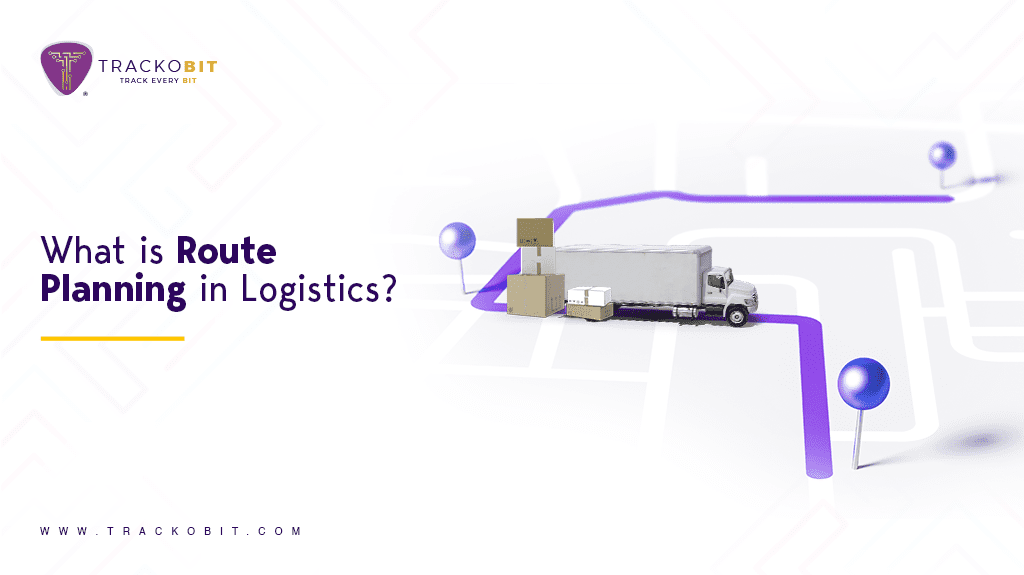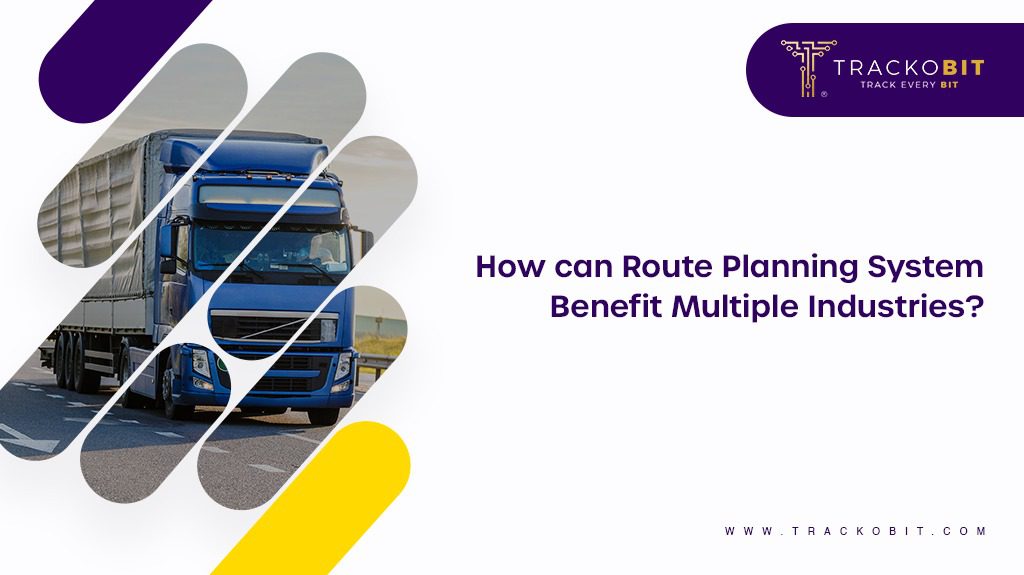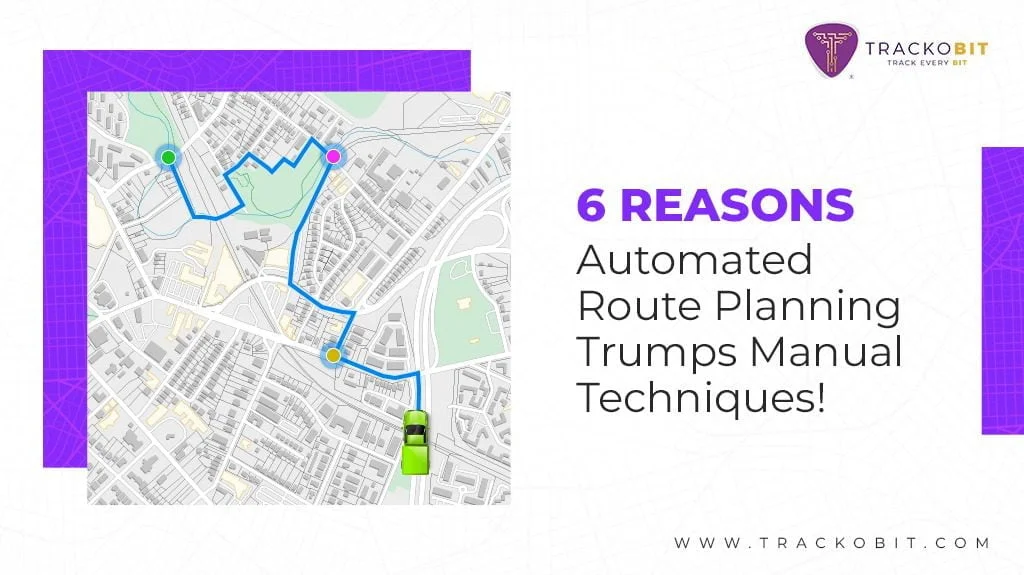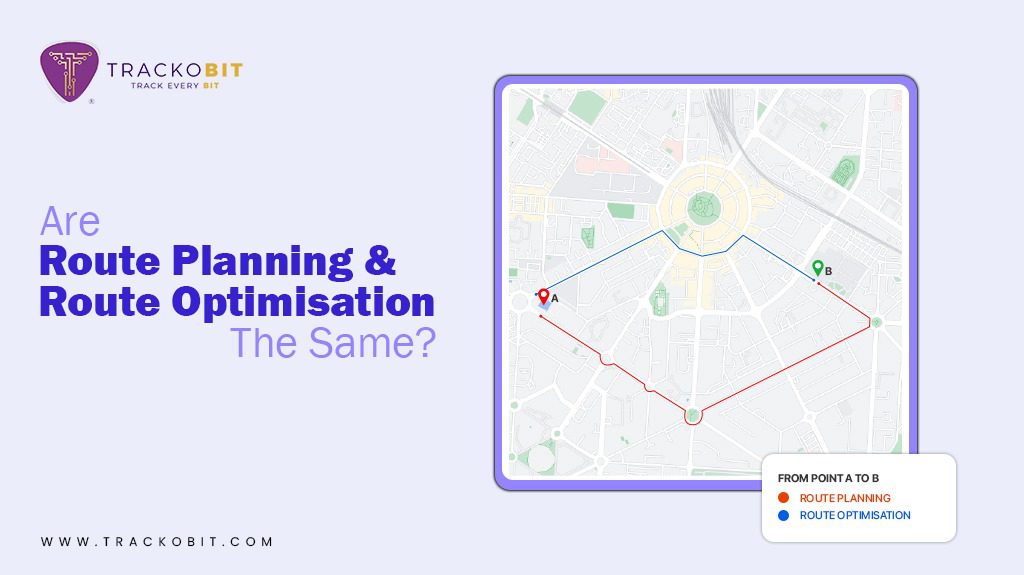What is Route Planning?
Route planning is the process of computing the effective method of transportation or transfers through several stops. This planning is used to ascertain which route is the most cost-effective when moving goods from one place to another.
Logistics or transport companies use route planning software to automate the process of creating and compiling the required routes.
What are the Necessary Features of Route Planning Software?
- Suggesting the Shortest Route: Through data insights and calculations, the route planning software suggests the shortest and most efficient route for the trip.
- Trip Status, PODs, and ETAs: Real-time tracking allows the managers to know the fleet’s live status, estimated arrival time and proof of delivery. This smoothes out the delivery process.
- Route Deviation Alerts: Managers receive instant alerts and updates whenever the vehicle deviates from the assigned route. This helps to avoid the loss of not following the routes.
- Higher Stoppage Density: The software formulates routes with the highest stoppage density while implementing multi-stop route planning, allowing the vehicles to cover the most stops and tasks.
- Archiving Trips: Route information can be stored by the software. This allows managers to refer to pre-insights on how the fleet performed on specific routes.
- Route Insights: Fleet management software offers route insights for managers to view the route’s traffic density, safety, time, and fuel consumption.
What are the Benefits of Route Planning Software?
Logistics or transportation businesses rely on route planning software because of all the benefits it offers.
- – Reduce Cost and Time Consumption
- – Improved Efficiency and Productivity
- – Increased Customer Satisfaction
- – Better Resource and Asset Utilisation
- – Improved Safety and Compliance





